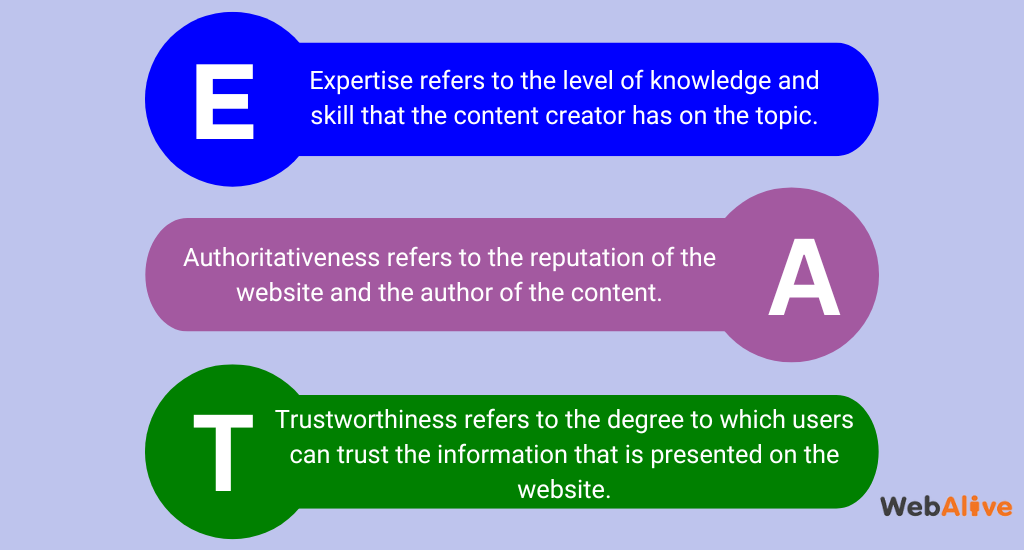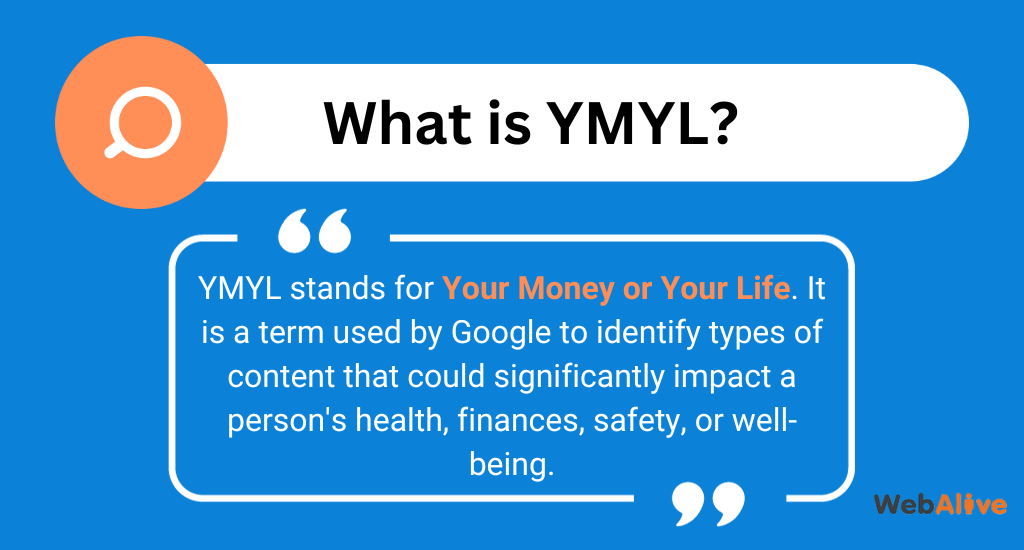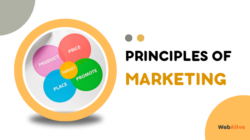
E-A-T and SEO: Building Your Site’s Credibility for Better Rankings
A term you might have heard being thrown around the online marketing world recently is E-A-T, a concept that is more relevant now as Google’s algorithm has continued to evolve. Whether you’re a seasoned webmaster, a content creator, or a business owner looking to carve out your corner of the internet, understanding E-A-T is crucial. It’s the difference between being a trusted authority in your niche or just another voice in the digital wilderness.
In this blog, we’ll dive into what E-A-T means for SEO, why it matters, and how you can serve it up to satisfy both search engines and your audience’s appetite for quality. So, grab a seat at the table, and let’s feast on the insights that will help your website thrive.
What Is E-A-T?
E-A-T stands for Expertise, Authoritativeness, and Trustworthiness. It is a framework used by Google to assess the quality of content on the web, and one of the main areas leading SEO agencies will be putting their time and effort.

Here’s a breakdown of each component:
Expertise: This refers to the creator’s knowledge of the subject. For content to be rated highly, the creator should be a proven expert in the field. This is particularly important for medical, legal, financial, and other high-stakes areas where misinformation could have serious consequences.
Authoritativeness: This aspect evaluates the content, the content creator, and the website as a whole to determine the authority they command in their field. It’s established through factors like credentials, the quality of the content produced, and its reception by other authoritative figures and sites.
Trustworthiness: Trustworthiness measures how reliable and credible the content creator and the website are. It involves aspects such as site security, clear and honest presentation of information, and the transparency of authorship and site ownership.
Some more specific examples of what E-A-T and E-E-A-T look at include:
- Verification of Authors’ Credentials: Ensuring that content creators have the necessary qualifications or experience to write on the topic.
- Quality Content: Producing well-researched and well-written content that meets the users’ needs and is supported by evidence and clear reasoning.
- Reputation: Building a positive reputation through user reviews, testimonials, and recognition by other reputable websites and authorities in the industry.
- Transparency: Providing clear information about the website’s ownership, purpose, and who is responsible for the content.
- Site Security: Using secure protocols like HTTPS to protect users’ data and transactions.
Google uses these criteria to ensure that users get reliable, truthful, and useful content. The goal is to prioritise high-quality content in search results, which in turn encourages webmasters and content creators to strive for excellence and reliability in their online offerings.
What is YMYL?

Let’s build on what we’ve discussed about E-A-T and delve into the realm of YMYL in SEO. From that last sentence, you can agree that digital marketers sure love an initial abbreviation!
YMYL stands for Your Money or Your Life, and it’s the type of content that, if presented inaccurately, misleadingly, or without proper verification, could negatively impact a reader’s life in a significant way. We’re talking about the kind of content that can influence health, financial stability, safety, or well-being.
Google raises the bar high for YMYL pages because the potential for harm is real, and the responsibility on publishers is immense. Google has a duty of care to the public to make sure that it doesn’t promote things like ‘fake news’ in these spaces, so extra care is taken to assess the quality of content in these areas.
Here’s how you do it:
Deep Dive into Topics with Care: When you’re dealing with topics like medical advice, legal issues, financial planning, or safety information, you need to dig deep. Ensure that the content is not just surface-level fluff but is detailed, accurate, and provides real value.
Showcase Credentials: If you’re an expert, flaunt it. If you’re not, get experts on board who can lend their authority to your content. This could mean getting doctors to contribute to your health blog or financial advisors to review your investment content.
Fact-Check Like a Journalist: In the YMYL space, fact-checking is your best friend. Double and triple-check your sources, and always err on the side of caution. If something sounds iffy, it probably is.
Security is Paramount: Make sure your site is a fortress. Secure protocols, privacy policies, and transparency about who you are and what your site stands for are non-negotiable.
Build a Reputation: Authoritativeness comes from not just what you say but how others perceive you. Encourage reviews, engage in community discussions, and build a profile that says, We’re trusted, respected, and cited by others.
Remember, when it comes to YMYL, Google isn’t just looking for good content; they’re looking for the best, most trustworthy content. It’s not just about ranking at the top; it’s about deserving to be there because you are as legit as they come! So, take the helm with confidence and steer your content with the precision of a seasoned captain. Your audience-and Google-will trust and follow.
Tips on improving E-A-T
As you have read, E-A-T encapsulates a huge library of considerations that are made by Google about how worthy your website is to be ranked. Below, you’ll find a select few tips and nuggets of wisdom that will get you moving in the right direction and set you up to stay in Google’s good graces.
Personalise your website and online profile
This is something fairly easy to implement over time that can contribute so much to your EAT and brand status. You want to make sure your website says as much about you and your business as possible!
- Create detailed about pages for all staff, including their qualifications, experience, and a photo. This personal touch adds credibility and helps users connect with your brand.
- For every piece of content, include an author byline and a short bio with their credentials. Link to their full profile for users who want to learn more about the author’s background.
- Make sure your other listings, including Google My Business and social media profiles, are active and provide relevant info.
- Consider posting video content on your website. Great for your conversion rate too.
More details on optimising for User Experience can be read here.
Earn mentions from Reputable Sites
There are various ways to go about this, but the best way is to produce something of value to the internet. If you are putting good, helpful and unique information out into the ether, good things will happen as more people are likely to link to your content.
This can happen naturally, but there are a few methods to give yourself the best chance:
- Contribute high-quality content to reputable sites in your industry. This not only provides backlinks but also positions you in front of a broader audience.
- Build relationships with industry leaders and influencers. A mention from them can be a powerful endorsement.
- Press Releases: When you have noteworthy news or launch a significant product, distribute a press release to get your name out there.
- Participate in interviews for podcasts, webinars, or YouTube channels. These platforms allow you to showcase your expertise to a wider audience.
- Professional Associations: Join and be active in professional associations and groups related to your industry.
Final words
As you move forward on your SEO strategy journey, let the principles of E-A-T guide your path. Prioritise the credibility of your information, the reputation of your contributors, and the security of your users’ experience. Remember, the goal is not just to rank well but to build a trustworthy domain that users can rely on for authoritative content.
You read a lot. We like that
Want to take your online business to the next level? Get the tips and insights that matter.

